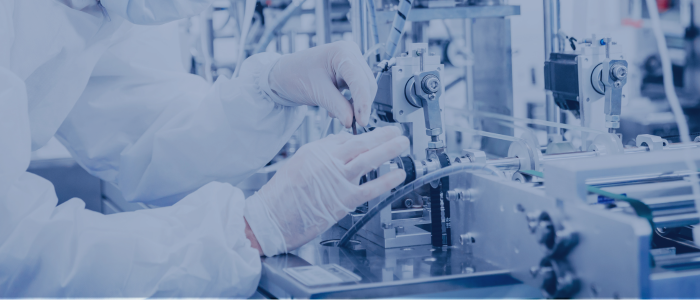In the highly regulated field of medical device manufacturing, ensuring that every part and component meets rigorous quality standards is essential. One of the first and most critical steps in the Production Part Approval Process (PPAP) is Identifying Requirements. Performance Validation (PV), a leader in PPAP services for medical device manufacturers, emphasizes the importance of this initial phase to lay a strong foundation for quality and compliance.
What is Identifying Requirements in PPAP?
Identifying Requirements involves collecting and documenting all specifications, details, and drawings necessary for the manufacturing of each component. This process ensures that everyone involved, from suppliers to manufacturers, has a clear understanding of the expectations and standards that need to be met. It sets the stage for a smooth PPAP process, reducing the risk of errors and non-compliance.
Key Objectives of Identifying Requirements
Clarity and Precision: The primary goal is to achieve clarity and precision in defining what is expected from each part or component. This includes dimensional specifications, material properties, performance criteria, and any relevant regulatory requirements.
Consistency: By clearly defining requirements, manufacturers and suppliers can ensure consistency in production. This consistency is crucial for maintaining the high quality of medical devices, which directly impacts patient safety.
Foundation for Verification: Identifying Requirements serves as the foundation for subsequent PPAP steps, such as process validation and testing. Accurate requirements enable effective verification and validation of parts and processes.
The Process of Identifying Requirements
The process of Identifying Requirements in PPAP typically involves the following steps:
Gathering Specifications: Collect all relevant specifications, including technical drawings, material descriptions, and performance criteria. This information should be comprehensive and detailed to cover all aspects of the part or component.
Documentation: Document these specifications in a clear and organized manner. This documentation forms the basis for communication between the manufacturer and supplier and is crucial for the PPAP submission.
Review and Validation: Review the documented requirements to ensure they are complete and accurate.
Communication: Communicate the documented requirements to all relevant stakeholders, including suppliers, engineers, and quality assurance teams. Clear communication ensures that everyone involved understands the expectations and standards to be met.
Benefits of Thoroughly Identifying Requirements
Improved Quality Control: Clearly defined requirements allow for better quality control throughout the manufacturing process. Suppliers can produce parts that meet exact specifications, leading to higher-quality medical devices.
Regulatory Compliance: Identifying Requirements ensures that all parts and components comply with relevant regulatory standards. This reduces the risk of non-compliance and the associated penalties or recalls.
Reduced Risk of Errors: By providing detailed specifications upfront, the likelihood of errors and misunderstandings is significantly reduced. This minimizes the need for rework and saves time and resources.
Enhanced Collaboration: Clear and precise requirements facilitate better collaboration between manufacturers and suppliers. This collaborative approach helps in addressing potential issues early in the process.
Performance Validation’s Expertise in Identifying Requirements
Performance Validation brings a wealth of experience and expertise to the PPAP process, particularly in Identifying Requirements. Our team works closely with medical device manufacturers to ensure that all specifications are accurately defined and documented. Here’s how PV enhances this critical step:
Detailed Assessments: We conduct thorough assessments to gather all necessary specifications and details. Our meticulous approach ensures that no aspect of the part or component is overlooked.
Comprehensive Documentation: PV provides detailed and organized documentation of requirements, facilitating clear communication and understanding among all stakeholders.
Collaborative Process: We foster a collaborative environment where manufacturers and suppliers can work together to define and refine requirements. This partnership approach enhances the overall quality and consistency of the final product.
Conclusion
Identifying Requirements is a foundational step in the PPAP process that significantly impacts the quality and compliance of medical devices. By meticulously gathering and documenting specifications, manufacturers can ensure that their parts and components meet the highest standards. Performance Validation’s expertise in Identifying Requirements provides medical device manufacturers with the assurance that their products will be of the highest quality and fully compliant with regulatory standards. Contact PV today to learn how our PPAP services can enhance the quality and reliability of your medical devices.

